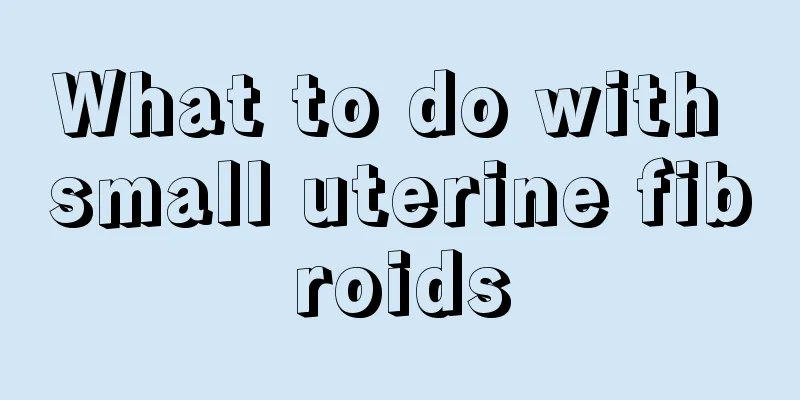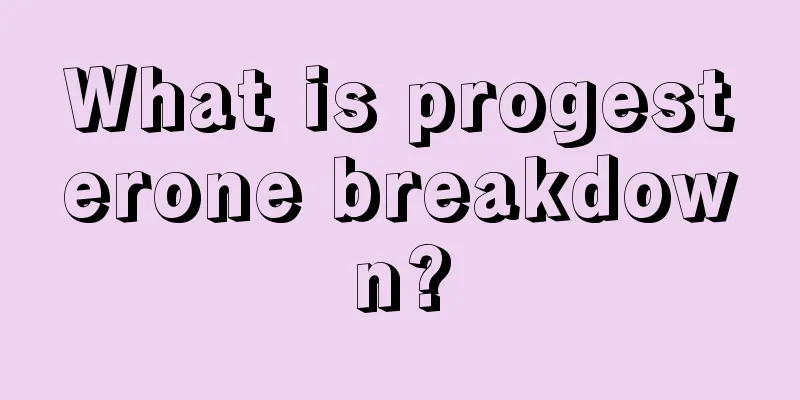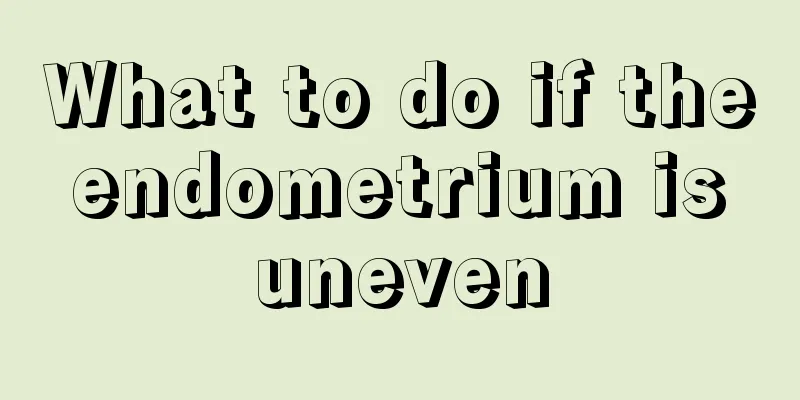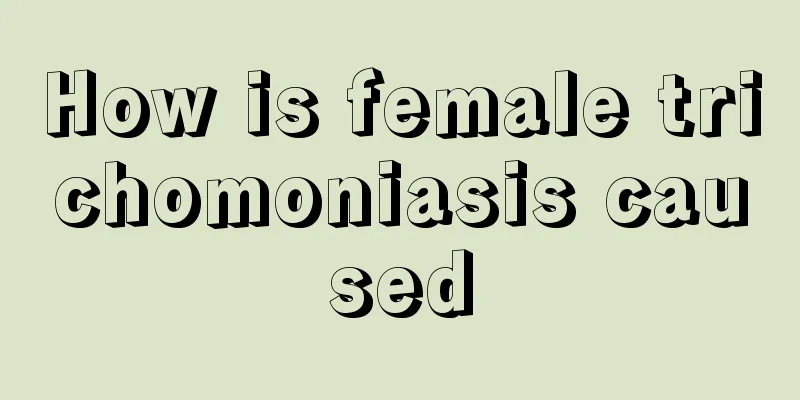What to do with small uterine fibroids

|
The problem of uterine fibroids is a big problem that many of our female friends are particularly disgusted with. It may cause great harm to our own reproductive organs. If not treated in time, there may be a worsening reaction, which may endanger our own life and health. We must pay attention to our genital hygiene on a daily basis. Let's get familiar with what to do with small uterine fibroids. 1. Treatment 1. Treatment principles For the treatment of atypical endometrial hyperplasia, first of all, a clear diagnosis should be made to find out the cause of the atypical hyperplasia, whether there is polycystic ovary, functional ovarian tumors or other endocrine dysfunction, etc. Those with any of the above conditions should receive targeted treatment. At the same time, symptomatic treatment can be started for atypical endometrial hyperplasia, using drug therapy or surgical treatment. The choice of these two treatment options should be based on age, type of endometrial hyperplasia, requirements for fertility, etc. (1) Different ages have different considerations: ① Young women who are eager to have children should avoid overdiagnosis and overtreatment. It is not uncommon for endometrial hyperplasia to be overdiagnosed as adenocarcinoma and even overtreated. It would be a great mistake to remove the uterus without a clear diagnosis. In clinical practice, there are many examples of such mistakes. If the pathologist is unaware that the patient has fertility requirements and the clinician does not emphasize it, misdiagnosis and mistreatment may be inevitable. Therefore, for the diagnosis of endometrial biopsy in young infertile women, if any doubts are found, multiple experts should be consulted to clarify the differential diagnosis of endometrial hyperplasia or endometrial adenocarcinoma to the greatest extent possible. ② Perimenopausal or postmenopausal women should be alert to the possibility of atypical endometrial hyperplasia and cancer coexisting. They should consider hysterectomy and be careful not to be overly conservative. Do not perform only endometrial resection without ruling out the possibility of cancer, which may cause adverse consequences. When the uterus is removed due to atypical endometrial hyperplasia, the removed uterus should be examined on the operating table to see if there is coexistent cancer, and pay attention to whether there is cancer infiltration into the muscle layer and choose the appropriate surgical scope. Knowing what to do with small uterine fibroids can help us get rid of the troubles of this disease as soon as possible and help us better restore our own health. The best solution is to use surgical resection to help us clear the tumor and achieve a very good healing effect. You can try it. |
<<: Beware of the harmful effects of smoking on women
>>: Can you still grow taller after giving birth?
Recommend
The treatment method for women’s back pain is revealed, don’t miss it!
Whether you are standing or sitting, it is normal...
How to solve breast swelling after miscarriage
Abortion is a very common way to terminate a woma...
Are pickled pepper chicken feet high in fat? How to tell if pickled pepper chicken feet are cooked
Chicken feet, the folk nickname of chicken feet i...
Clinical manifestations of uterine rupture
Uterine rupture can cause very serious harm to fe...
What causes vaginal ulcers?
Ulcers can occur in many parts of the human body,...
How long does it take for intrauterine adhesions to reappear after surgery?
Intrauterine adhesions are a common disease in wo...
Treatment methods for ovarian cysts, there are methods to treat cysts
The full name of ovarian chocolate cyst is ovaria...
Definition of Oligohydramnios
Everyone is unfamiliar with amniotic fluid. It is...
Doctor, do I need to remove polyps even if they are not cancerous?
I have good news for you and bad news for you Bad...
Is it normal to have delayed menstrual period every time?
For some female friends whose menstruation is not...
What to eat to get rid of wrinkles on your face? How to get rid of wrinkles on your face
Everyone knows that wrinkles are a sign of aging,...
How to massage the breast lumps to get rid of them
If there are lumps on the breast, you can not onl...
What is amniocentesis?
Amniocentesis is a relatively common diagnostic m...
How long will it take for the flow of people to return to normal?
When a woman becomes pregnant unexpectedly, if sh...









